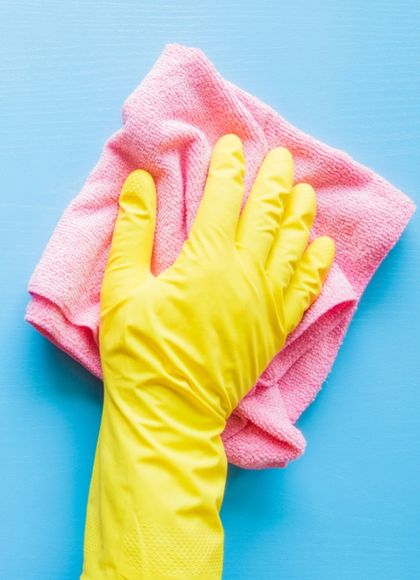Is Talcum Powder Safe?
When it comes to personal care, talcum powder has long been a staple in many Aussie households. It is found in a variety of products, from baby powders to cosmetics, and is lauded for its ability to absorb moisture, reduce friction, and prevent chafing. However, over recent years, there have been a significant debate surrounding the safety of this common household product. So, is talcum powder actually safe to use?
Understanding Talcum Powder
Talcum powder, or simply known as talc, is a mineral consisted primarily of magnesium, silicon, and oxygen. When ground into a powder, it is extremely effective at absorbing moisture, reducing friction, and preventing rashes. It is for these reasons that talcum powder has become a staple in many personal care products worldwide.
The Controversy Surrounding Talcum Powder
The debate around the safety of talcum powder stems from concerns about asbestos, a naturally occurring, but highly toxic, mineral. Asbestos and talc are often found together in the earth, which can lead to contamination of the talc with asbestos. Exposure to asbestos has been linked to a number of serious health conditions, including mesothelioma, a rare form of lung cancer, and ovarian cancer. This has led many Australians to question whether talcum powder is safe to use, especially in products such as baby powder that are frequently applied to sensitive areas of the body.
The Verdict: Is Talcum Powder Safe?
This is still a hotly debated issue at the moment. Research into the safety of talcum powder is ongoing. The Cancer Council Australia states that in its natural form, some talc may contain asbestos, which is a known carcinogen. However, if talcum powder is asbestos-free, it is not considered a cancer risk. Talcum powder manufacturers, such as Johnson & Johnson, maintain that their products are asbestos-free, but several large verdicts in lawsuits against companies suggest that not all talc-based products have been free of asbestos in the past. The U.S. Food and Drug Administration (FDA) has also conducted tests on various talc-containing products. In a 2019-2020 survey, the majority of products tested did not contain detectable levels of asbestos, but the FDA has advised consumers to be cautious and check for recall notices before using talc-based products. You can check the TGA website for a database of health product recalls in Australia.
How to Use Talcum Powder Safely
While the question "Is talcum powder safe?" doesn't have a definitive answer just yet, there are steps Aussies can take to use talc-based products more safely:
1. Check for Asbestos: Choose products that are confirmed to be asbestos-free. Many manufacturers now label their products as such or have switched to using alternatives like corn starch.
2. Avoid Inhalation: Talcum powder, when inhaled, can irritate the lungs. Be cautious when applying the powder and avoid breathing it in.
3. Consider Alternatives: There exist many alternatives to talcum powder available today. [Corn starch], cream, and kaolin clay are all viable options that can absorb moisture and reduce friction. Or check out our talc-free natural baby powder.
Wrapping Things Up
So, is talcum powder safe to use? The answer depends largely on whether the talcum powder is free of asbestos. With the potential risks in mind, Aussies should pay close attention when using talcum powder, and consider alternatives when possible. As always, staying informed is the best way to ensure your health and safety. Note: This article will be updated as new research and information become available. Always consult with a healthcare professional for personalised advice.













